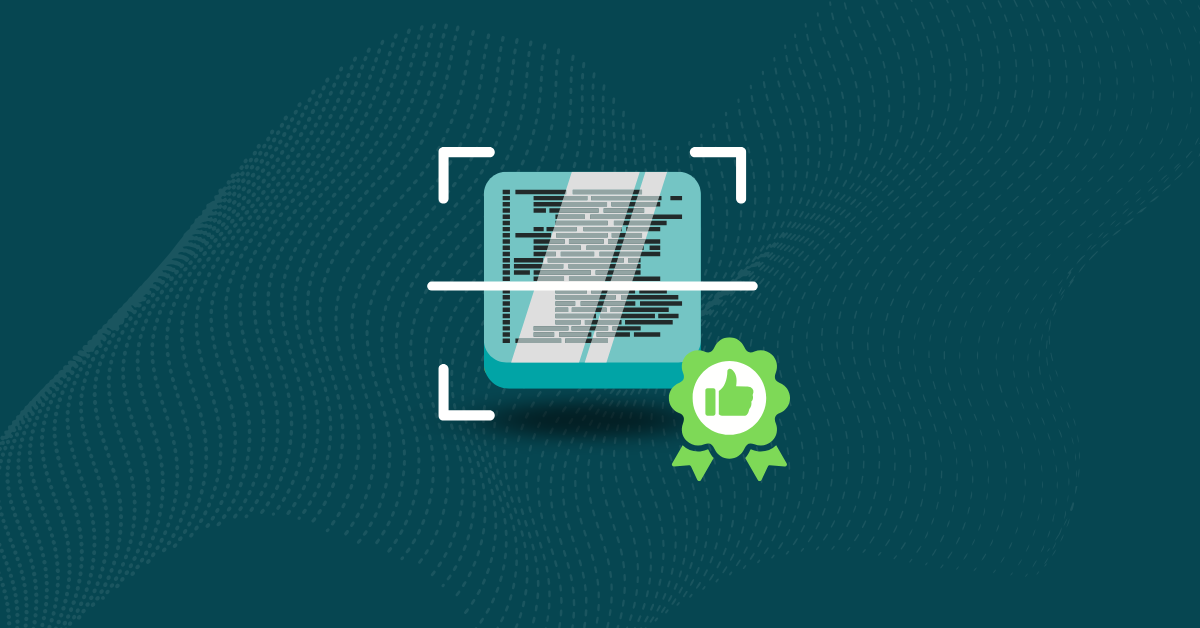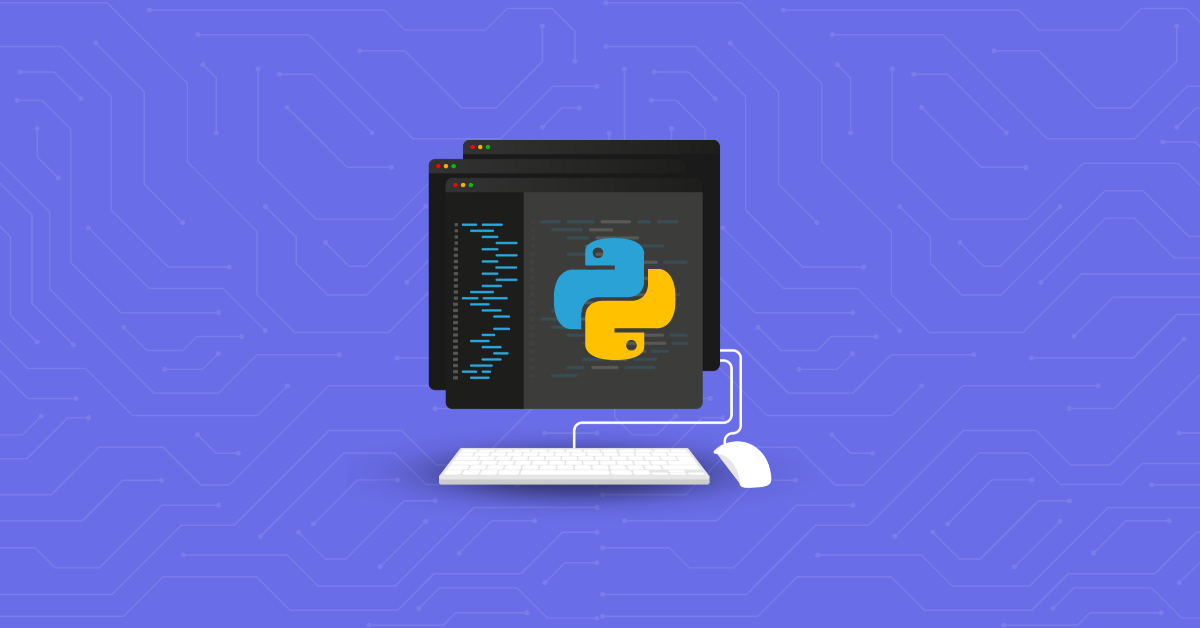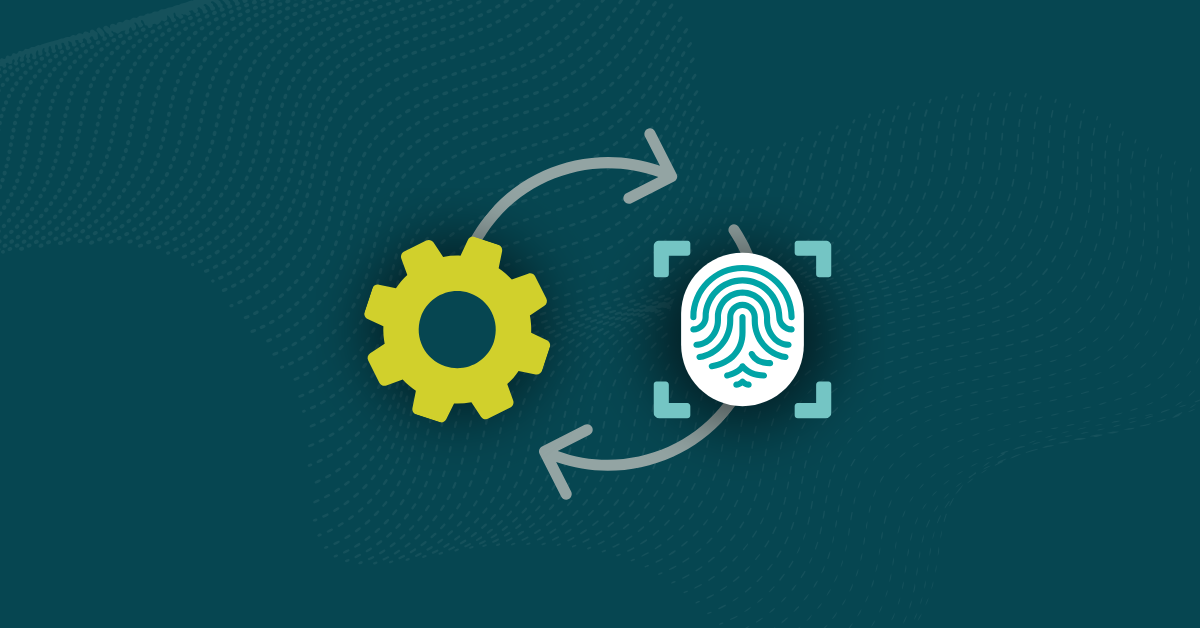

Python is a widely used programming language with a huge, active community of developers and an array of libraries and frameworks.
However, with that huge community comes the risk of potential hackers taking advantage of security risks. Understanding Python’s vulnerabilities and following these common-sense Python security best practices can help prevent these attackers from breaking into your application.
Every coding language has strengths and weaknesses. These are the vulnerabilities that are common with Python-based projects.
Injection flaws are common in Python-based programs. This is partly because some developers rely too heavily on user input to make the software react to them. However, this can make it easier for hackers to inject malicious code into your application.
SQL injections are relatively common and simple, and they can be used to gain unauthorized access to your application. From there, attackers can execute commands on the target system and run amok with any user data, passwords, credit card numbers, or other information you have stored in secure areas of your application.
Cross-site scripting (XSS) attacks have been a known problem since the early days of the internet. They’re particularly dangerous because they often go undetected, and the code is executed on user devices rather than directly on the application or website.
While Python is not inherently more vulnerable to XSS attacks than other programming languages, its flexibility can be its downfall. For example, flexible string handling can make it easier for hackers to exploit your app if you don’t sanitize your input methods often enough.
This vulnerability occurs when your software converts untrustworthy data into objects the application can use. Some of the more common ways attackers use insecure deserialization with Python include:
Mistakes may seem temporary, but the internet never forgets. This is just as true for that embarrassing thing you did live on your friend’s social media 10 years ago as it is for sensitive information you have in your code.
Sometimes, developers will hardcode information like API keys and passwords to make testing easier. This is a great way for your sensitive information to end up posted on GitHub or another repository for the world to find and use to break into your web app or site.
The open-source and third-party components you use in your Python-based projects can also be a potential security risk. Failure to properly update your open-source components can make their dependencies more vulnerable to attacks and make your application run less efficiently.
These are some common-sense security best practices you and your team can implement for your Python-based projects to keep them—and your users—safe.
One of the best approaches to safe coding for Python-based applications is to update early and update often. This is true for just about any facet of your application, from proprietary code to the open-source components you include in your project. The longer you go without updating your application, the more time attackers have to find a way to get sensitive information.
This is a security practice for Python not only because it adds another layer of security to your program but also because it tidies up your development environment. It makes it easier to find the files you need, rather than having them all exist in a single folder you must trawl through any time you need to update a single component.
Setting up virtual environments is a strong, secure coding practice because it helps avoid collisions and conflicts between libraries. Virtual environments also allow you to more easily find, contain, and correct malicious packages, isolating incidents rather than allowing them to affect your entire application.
User inputs are among the most dangerous areas of your software because they can be the vehicle for a software injection attack. Inserting a simple command can turn your authorization check into a point for administrative access to your web portal.
The key to protecting your Python-based project is safe from attacks using input data is to sanitize the input. Check every input and create strict rules defining which inputs are valid, along with parameters for allowed combinations and acceptable character sequences.
However, there’s a balance to be had. Some platforms limit the special characters people can use in their passwords. Input sanitization allows you to strike a balance that helps prevent injection attacks while still allowing users to have strong credentials.
One of the most common vectors attackers use is misconfigurations, alongside insecure default settings. That’s why it’s essential to regularly monitor your source code for misconfigurations and adjust them accordingly. Code testing and analysis tools like Kiuwan Insights make it easier to detect misconfigurations and prioritize how to address them in terms of seriousness.
Unfortunately, there are still web-based applications with Python that don’t use HTTPS—those are the ones most likely to be compromised. If any part of your application involves transmitting data online, always use HTTPS. Multiple libraries in Python make this a relatively straightforward process for developers.
Penetration tests and security audits allow your team to remain vigilant against developing threats. Conduct these tests regularly to identify potential areas of concern and remediate them quickly. Doing so will keep your application safe and help your team and, potentially, your users understand more about good security practices.
Tools like Kiuwan make it easier to mitigate security vulnerabilities by helping you conduct thorough code reviews. From there, you can identify potential issues and keep your code safe from bad actors who may try to take advantage of vulnerabilities in your third-party code.
Kiuwan can be part of your routine security audits. It helps you detect potential security vulnerabilities quickly and easily and prioritize how you address them. Furthermore, it supports over 30 programming languages, including Python, C#, Objective-C, and more.
See how Kiuwan can help you keep your applications secure and build a better program. Request a demo today, and a member of our team will contact you as soon as possible.


